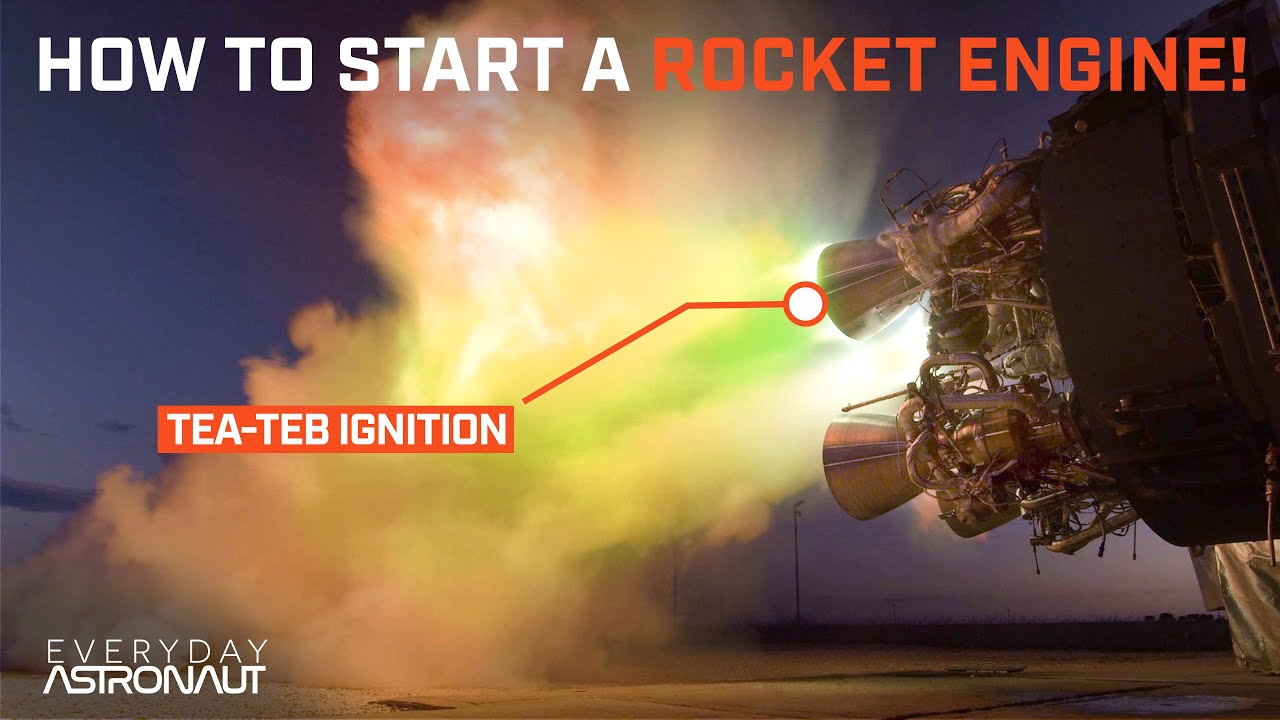Efficient, high thrust liquid rocket engines use a variety of power cycles to deliver propellant into the combustion chamber at a pressure greater than that created by combustion. This is usually done by burning some of the propellant to drive a turbine which, in turn, powers the pumps for fuel and oxidiser. But what delivers the propellant to the preburner that powers the turbine? Well, the pumps, of course! At this point the difficulty should be obvious. Going from zero to steady-state combustion in a rocket engine requires a carefully choreographed sequence of operations in which milliseconds count and positive pressure must be maintained to prevent back-flow at all times, even in the presence of momentary combustion instability or oscillations in the start-up phase.
We are still a long way from being able to computer model the start transient of a liquid rocket engine, which means developing a new engine, particularly one that breaks new ground on desiderata such as thrust, fuel efficiency (specific impulse), thrust to weight ratio, ability to throttle and restart, and reusability generally means blowing up a lot of engines until you get it right. A post here on 2021-11-08, “Starting the Space Shuttle’s Engines”, included a half-hour silent “blooper reel” from development of the Space Shuttle (and later Space Launch System) RS-25 main engine, which required thirty-eight tests just to get through the start sequence, with twelve turbopumps being destroyed by explosions, burn-throughs, or other career-limiting events.
And once you’ve got the engine starting reliably on the launch pad, then they want you to do that trick in space.
